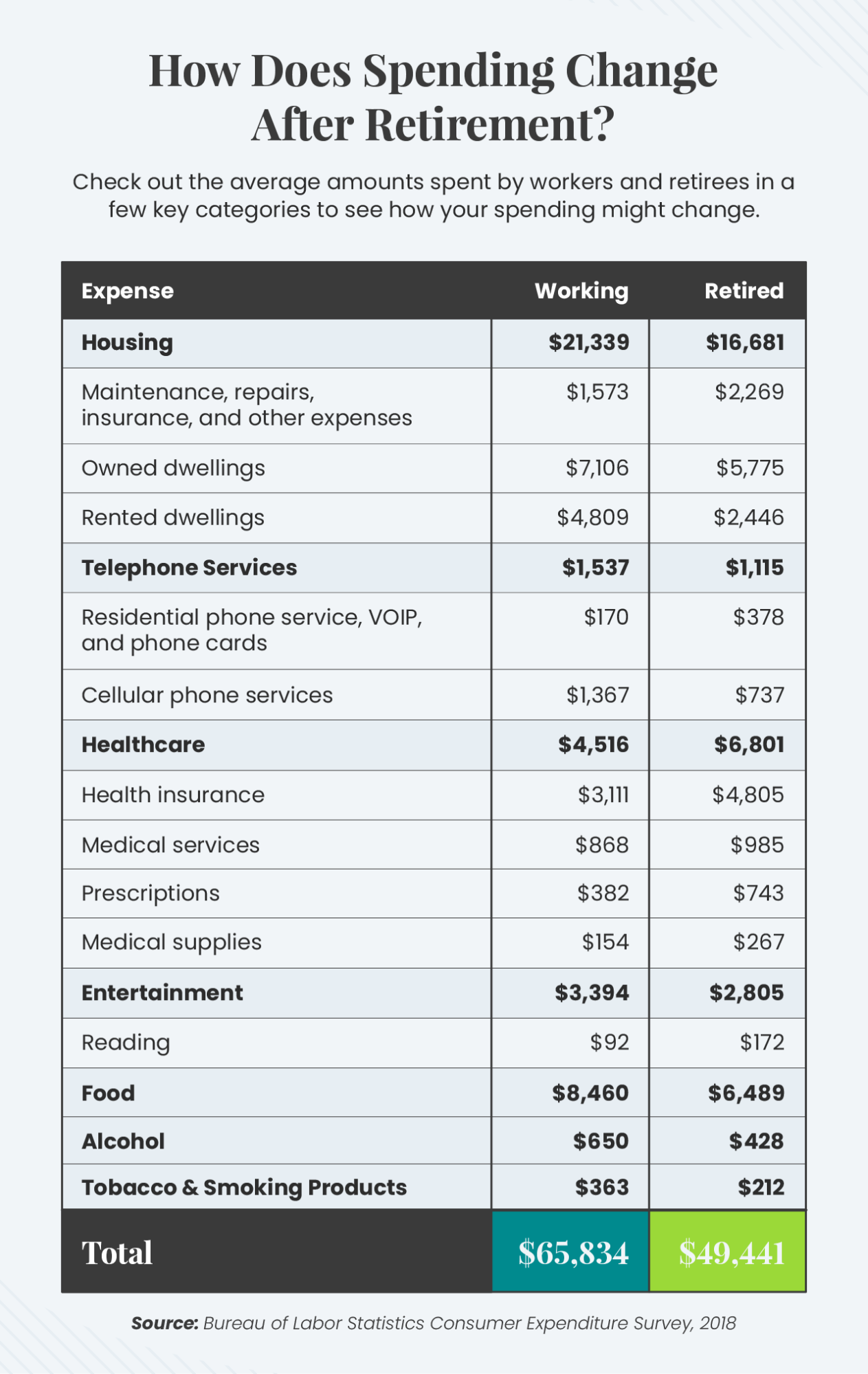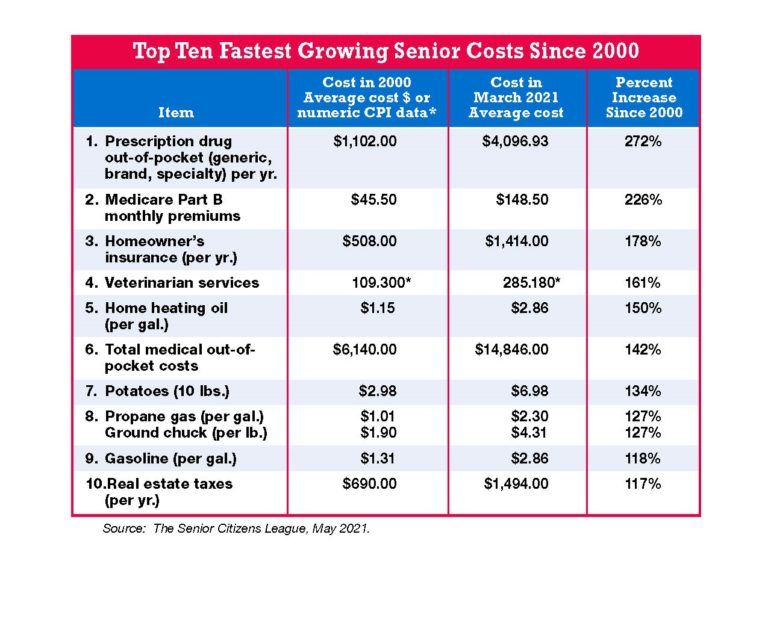It looks like you're new here. If you want to get involved, click one of these buttons!
https://www.bls.gov/cex/csxgloss.htm#cueither: (1) all members of a particular household who are related by blood, marriage, adoption, or other legal arrangements; (2) a person living alone or sharing a household with others or living as a roomer in a private home or lodging house or in permanent living quarters in a hotel or motel, but who is financially independent; or (3) two or more persons living together who use their income to make joint expenditure decisions. Financial independence is determined by the three major expense categories: Housing, food, and other living expenses. To be considered financially independent, at least two of the three major expense categories have to be provided entirely, or in part, by the respondent.
https://www.bls.gov/cex/csxgloss.htm#refperReference person - The first member mentioned by the respondent when asked to "Start with the name of the person or one of the persons who owns or rents the home." It is with respect to this person that the relationship of the other consumer unit members is determined.
https://annuity.org/retirement/retirement-statistics/Three-quarters of Americans agree the country is facing a retirement crisis, making research around the topic more relevant than ever. We dug into the data on every angle of retirement and compiled the most important statistics below. Read on to learn about what today’s retirees face, from financial challenges to lifestyle decisions and more.


In a nutshell, this is why I (and some other posters here) focus on total return, not yield.Clients think that because they are retired, the way to get income is through dividends and interest. Such thinking arises from what my partner Deena calls the “paycheck syndrome,” and it is nonsense. ...
... if clients depend on income largely from their bond portfolios, then when interest rates go up, they feel rich. But what is actually happening to the value of their portfolio? It is going down. When interest rates go down, they feel poor, but the portfolio value is going up. The strategy runs counter to financial reality. ...
People need real income. They need real cash flow, not nominal cash flow, and they do not get that real cash flow from an income portfolio.
He goes on for several paragraphs with examples and ways to address his concerns.[T]here is nothing new about it. ... I think it has been misused and overused. ...
I see several problems ... First, the increased number of guesses that Monte Carlo allows does not mean more accuracy. Second, Monte Carlo devalues the goal-setting process. Third, Monte Carlo probabilities are all or nothing. If Monte Carlo says I have a 70 percent chance of success, what does the remaining 30 percent mean? Starvation? Finally, Monte Carlo offers no insight into the unexpected, such as a Katrina event or the subprime crisis.
https://www.advisorperspectives.com/articles/2020/04/20/bucket-strategies-challenging-previous-researchThe first bucket strategy was developed by financial planning pioneer Harold Evensky in 1985. This was a two-bucket approach with a cash bucket holding five years of retirement spending, and a longer-term investment bucket consisting mostly of stocks. When the stock market performed poorly, withdrawals were taken from the cash account to avoid selling stocks in a down market, and when the stock market did well withdrawals were taken from the investment bucket, and investments from this bucket were also sold to replenish cash.
E&K Cash Flow Strategy. Sometime in the early 1980s, at Evensky and Katz we developed the E&K cash flow strategy that we continue to use today. It allows us to break the paycheck syndrome -The traditional withdrawal strategy for retirement is the income portfolio. It is a deeply flawed strategy, and any financial adviser who recommends income portfolios should cease and desist. Clients think that because they are retired, the way to get income is through dividends and interest. Such thinking arises from what my partner Deena calls the “paycheck syndrome,” by providing clients with a regular cash flow that they can depend on. Typically, it also includes an inflation adjustment because pay typically goes up with inflation.
To implement the cash flow strategy, we bifurcate the portfolio into two components—the cash flow reserve and the investment portfolio. The cash flow reserve portfolio is made up of two parts: two years’ worth of cash flow and any amounts needed for lump-sum expenses—a wedding, a new car, for instance—over the next five years. We base this amount on our five-year planning model. We do not believe in investing in stocks or bonds unless we have a five-year window in which to decide when to sell. We thereby mitigate the timing risk because we have control over the timing.
Congress has done the opposite for inherited IRAs by eliminating the stretch provision for heirs. All inherited IRAs (including Roth IRAs) must be fully distributed within 10 years. This at least forces this $5 billion Roth account to be liquidated 10 years after the death of the Account holder.The problem is no one in Congress thought about putting an upper limit on Roth IRA withdrawals when they wrote the law
When someone inherits property and investments, the IRS resets the market value of these assets to their value on the date of the original owner’s death. Then, when the heir sells these assets, capital gains taxes are applied based on this reset value. The result is a situation – often considered a tax loophole – that allows investors to pass assets to their heirs virtually tax-free.

https://kiplinger.com/retirement/estate-planning/602701/biden-hopes-to-eliminate-stepped-up-basis-for-millionairesIf President Biden gets his way, many wealthy Americans will no longer be able to pass stocks, real estate, and other capital assets to their heirs when they die without paying capital gains tax. He wants to do this by changing the tax rules that allow a "step up" in basis on inherited property. This proposal, along with others designed to increase taxes on the wealthy, is included in Biden's recently released American Families Plan – a $1.8 trillion package that includes spending on childcare and education, guaranteed paid family and medical leave, tax breaks for lower- and middle-income Americans, and more.
https://www.propublica.org/article/lord-of-the-roths-how-tech-mogul-peter-thiel-turned-a-retirement-account-for-the-middle-class-into-a-5-billion-dollar-tax-free-piggy-bankUsing stock deals unavailable to most people, Thiel has taken a retirement account worth less than $2,000 in 1999 and spun it into a $5 billion windfall. To put that into perspective, here’s how much the average Roth was worth at the end of 2018: $39,108.

That sounds a bit ageist, don't you think?
I dearly wish, however, that MFO wasn't almost exclusively aimed at catering for those in retirement or approaching retirement.
There is practically nothing at all within these pages to cater for or appeal to those starting out on life's investment journey. In fact, nothing to appeal to those from 18-45. .... I'm still seeking agressive growth.
Financial literacy... The world's most serious issue.The average employee has trouble often understanding how a 401k works in many cases let alone cryptocurrency. I find the "personal responsibility" argument to be a hackneyed one I often hear emerging from libertarians. One response I have to that--as you can make a similar argument for almost any dangerous product--what is the personal responsibility of the drug dealer to the drug taker? Why is it always the consumer of the product that is blamed with that personal responsibility mantra? If you offer a faulty dangerous product and sell it to consumers, you should be blamed. And yes, offering crypto will be a magnet for lawsuits. 401ks are a common target for lawsuits as they work well in class action suits and the laws about what are suitable investments for retirement plans are strict.
© 2015 Mutual Fund Observer. All rights reserved.
© 2015 Mutual Fund Observer. All rights reserved. Powered by Vanilla